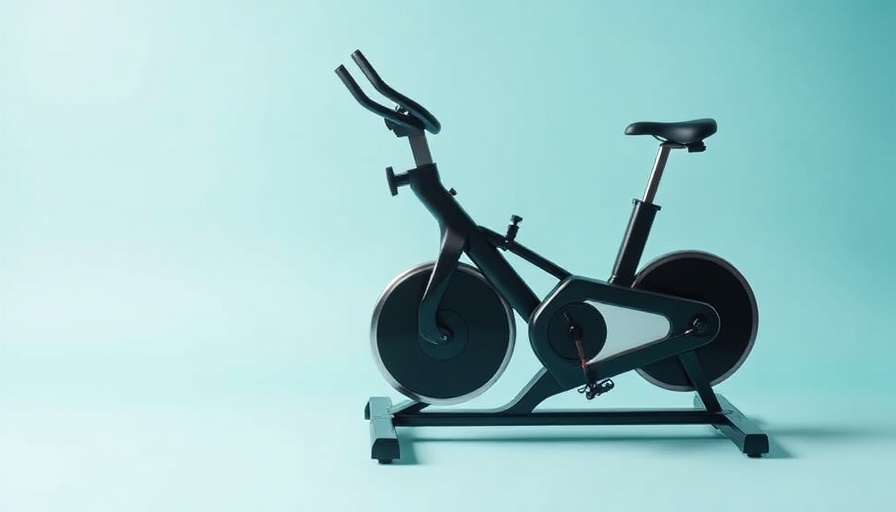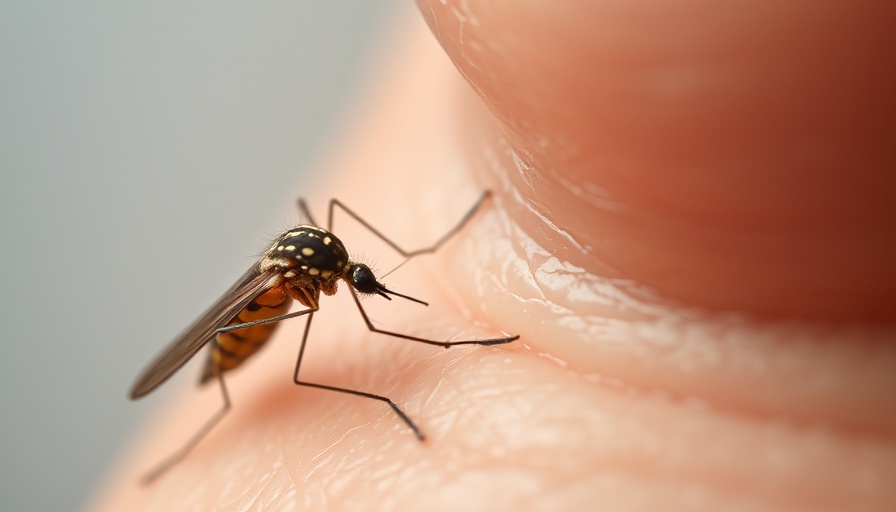
Why Seniors Should Consider Recumbent Exercise Bikes
As we age, maintaining health becomes paramount, and recumbent exercise bikes offer a comfortable, low-impact way to keep fit without straining our joints. These bikes allow seniors to engage in cardiovascular workouts that promote heart health while ensuring that the body experiences minimal stress. A well-designed recumbent bike provides comfort, stability, and accessibility, which are essential for older adults, especially those with mobility issues.
The Top Exercise Bikes for Seniors: Comfort and Support
According to fitness experts, recumbent exercise bikes are ideal for seniors due to their ergonomic design and supportive seating. The best models have features like adjustable seats, backrests, and low-step designs that facilitate easy access. Here we explore some top picks:
- Merach Recumbent Exercise Bike: Recommended for its ergonomic design, this bike features a breathable backrest and an LCD display with app access. At a budget-friendly price, it's a great all-around choice.
- Harison Recumbent Exercise Bike: With excellent ratings for comfort and an ability to support a wide range of users, this bike is perfect for those who prioritize back support.
- Marcy Recumbent Exercise Bike: This budget option is lightweight with a comfortable seat, providing quality exercise at a low price. It’s easy to move and has clear performance metrics.
- Niceday Recumbent Exercise Bike: Though on the pricier side, it boasts a lifetime warranty and excellent comfort features, making it a worthy investment for serious users.
Health Benefits of Recumbent Bikes
Using a recumbent bike can significantly enhance seniors' quality of life. Prominent health benefits include:
- Improved Cardiovascular Health: Regular cycling helps boost heart health and endurance.
- Joint Support: The reclining position of recumbent bikes minimizes stress on knees, hips, and lower back, making it suitable for those with arthritic conditions.
- Muscle Strengthening: These bikes help strengthen leg muscles while also promoting functional movement, which is crucial for daily activities.
Making the Right Choice
When selecting the perfect recumbent bike, consider key factors like comfort, ease of access, monitoring features, and quiet operation. A bike that fits comfortably and provides essential metrics can encourage consistent use and lead to better health outcomes.
Stay Active and Healthy
Incorporating a recumbent bike into your daily routine can promote sustainable fitness, ensuring that health remains at the forefront as we age. The right bike can help overcome barriers to exercise, making it a worthwhile investment for any senior health enthusiast.
For those looking to begin or enhance their in-home workout routine, contacting a fitness advisor can provide tailored guidance. Contact us today at 984-238-6164 or email us at tom@mywellnesstrain.com
 Add Row
Add Row  Add
Add 




Write A Comment